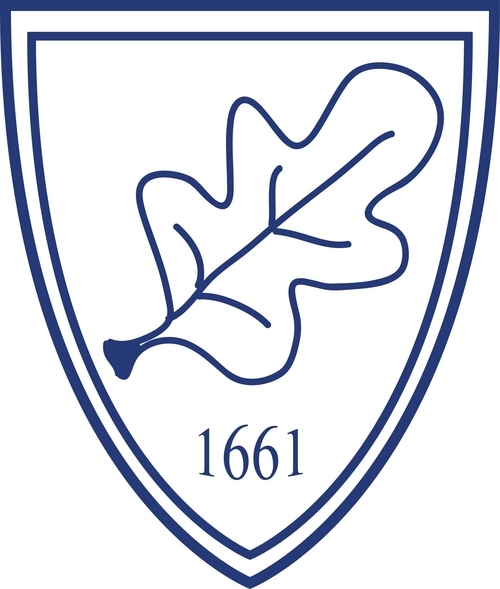Structure
Governance at INMAT
INMAT is governed by its articles of association, the Academy Trusts Handbook, company and charity law, education legislation from the DfE and ESFA. The trustees are non-executive directors and operate to fulfil the trust’s charitable objects.
The highest tier of governance is the member body.
Members
Composition: The trust has five Members, of whom only one is also a trustee.
Function of Members
The Members meet annually, at an AGM, and at other times only as required. Their role includes:
- To act as the guardians of governance across the trust;
- To receive the annual report and accounts;
- To appoint the external auditors;
- To appoint up to five trustees, and
- To ensure the board fulfils its responsibilities
Board of Trustees
Composition: Members have appointed five trustees, and have also appointed the CEO as a trustee. The remaining trustees are co-opted by the board members who are not themselves co-opted. There are currently eleven trustees, including the CEO.
Function of Trustees
The trustees meet at least six times a year as a full board and also sit on committees of the board. The board's focus is on the high-level performance of the trust and its strategic development. Trustees are also known as non-executive directors. The key role of trustees is to:
- Account to Members for the performance of the trust;
- Hold local academy committees to account for the performance of schools in each INMAT cluster;
- Hold the accounting officer to account for the financial performance of the trust and the effective use of resources;
- Hold the CEO and school improvement leads to account for the effectiveness of school improvement strategies, the overall performance of schools, and the attainment and progress of pupils across the trust;
- Be responsible for the trust’s strategic development, keeping under review the trust’s vision and strategic direction;
- Oversee the trust’s strategic risk register and ensure that key risks are addressed or managed;
- Ensure that the trust complies with its statutory responsibilities
Committees of the Trust Board 2023-24
Finance, Risk and Audit
Chair: Nigel Corbett
The overall purpose of this committee is to assist the trust board in its duty to supervise the broad direction of the trust’s financial affairs, ensure regulatory compliance and to oversee the risk and audit management process.
Standards and Performance
Chair: Duncan McAlpine
The overall purpose of this committee is to assist the trust board in its duty to review and evaluate the quality of education; pupils’ standards and progress, and teachers’ continuing professional development. In doing so, the committee should take account of the performance of the full range of different groups represented in the trust’s academies, including disadvantaged pupils, pupils with special educational needs and/or disabilities, looked after children and pupils in different ethnic, social and ability groups.
Estates, HR and IT
Chair: Richard Monk
The overall purpose of this committee is to assist the trust board in its duty to establish, maintain and properly repair the trust’s estate and its ICT facilities and to establish and maintain HR systems in order to ensure regulatory compliance. The committee also oversees capital and maintenance programmes having regard to health and safety and well-being matters.
Pay and Performance
Chair: elected at each meeting
The overall purpose of this committee is to assist the trust board in its duty to consider an increase in salary for senior leaders and the executive team; ensure appropriate levels of pay are set for different roles; ensure compliance with policy and government direction and to ensure there is an appropriate link between pay and appraisal.
Local Academy Committees
Composition: Each Local Academy Committee (LAC) consists of up to 10 governors. Up to six governors are co-opted by the LAC and approved by the trust board; there are spaces for two elected parent governors, one elected staff governor and the Headteacher is a governor by virtue of their office.
Function of the LAC
Each LAC acts as a committee of the Trust Board at local level. You can find the trust's scheme of delegation, which sets out the responsibilities of the LAC by clicking on 'Governance Documents'. You can also find out more about our LACs by clicking on 'Local Academy Committees' on this page or by visiting our academy websites through the link above: 'Our Academies'.













